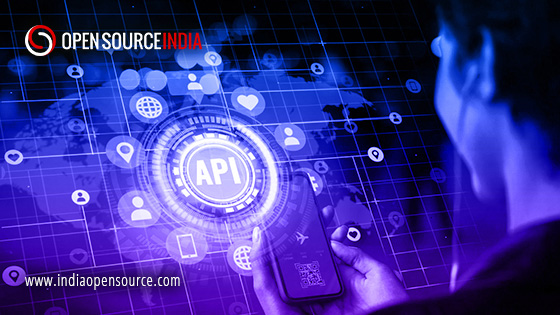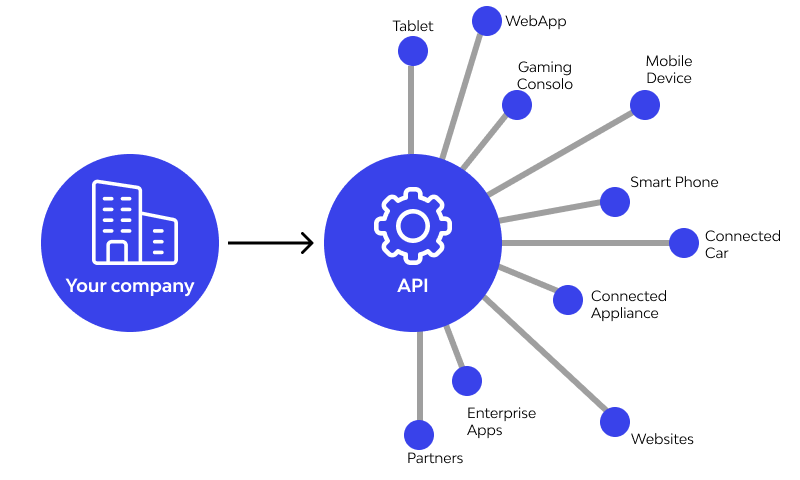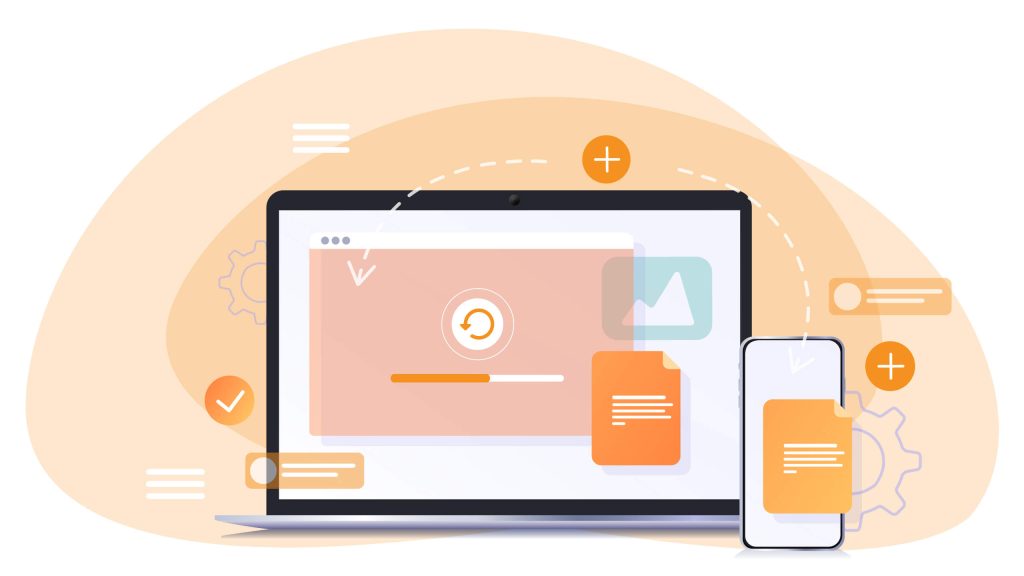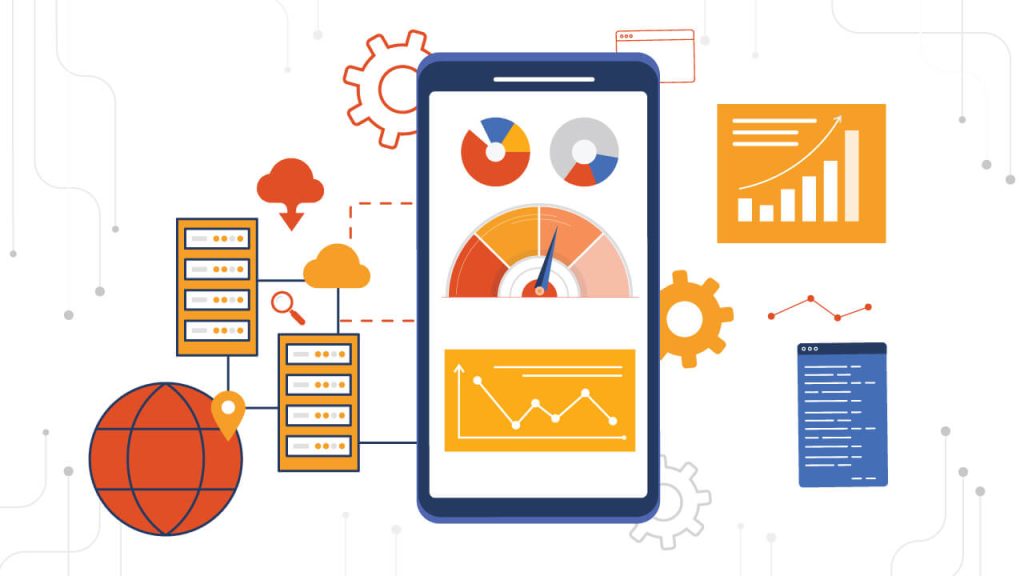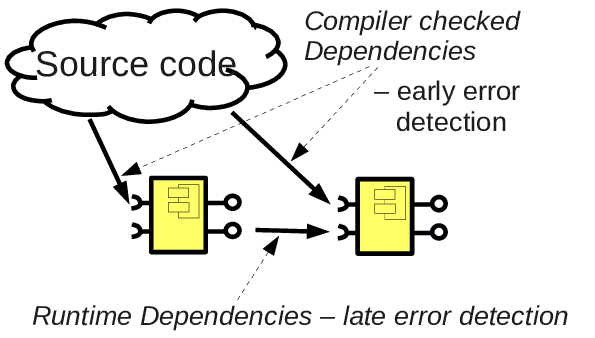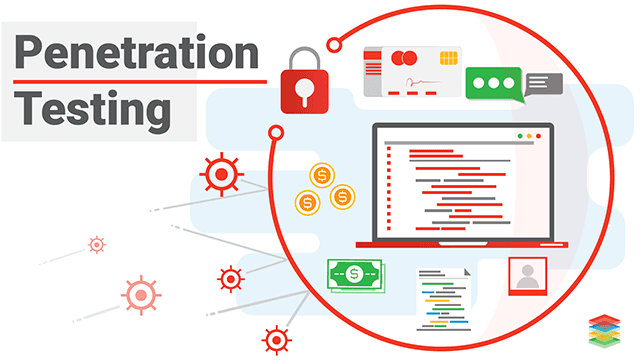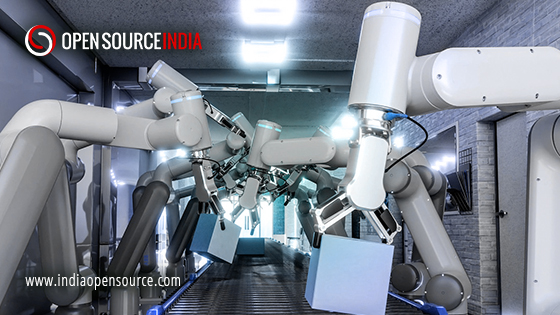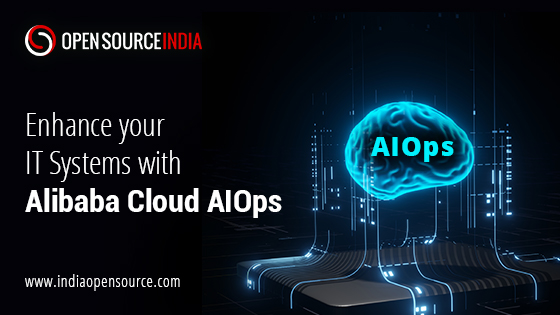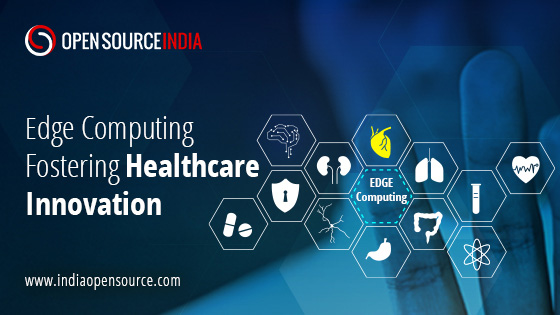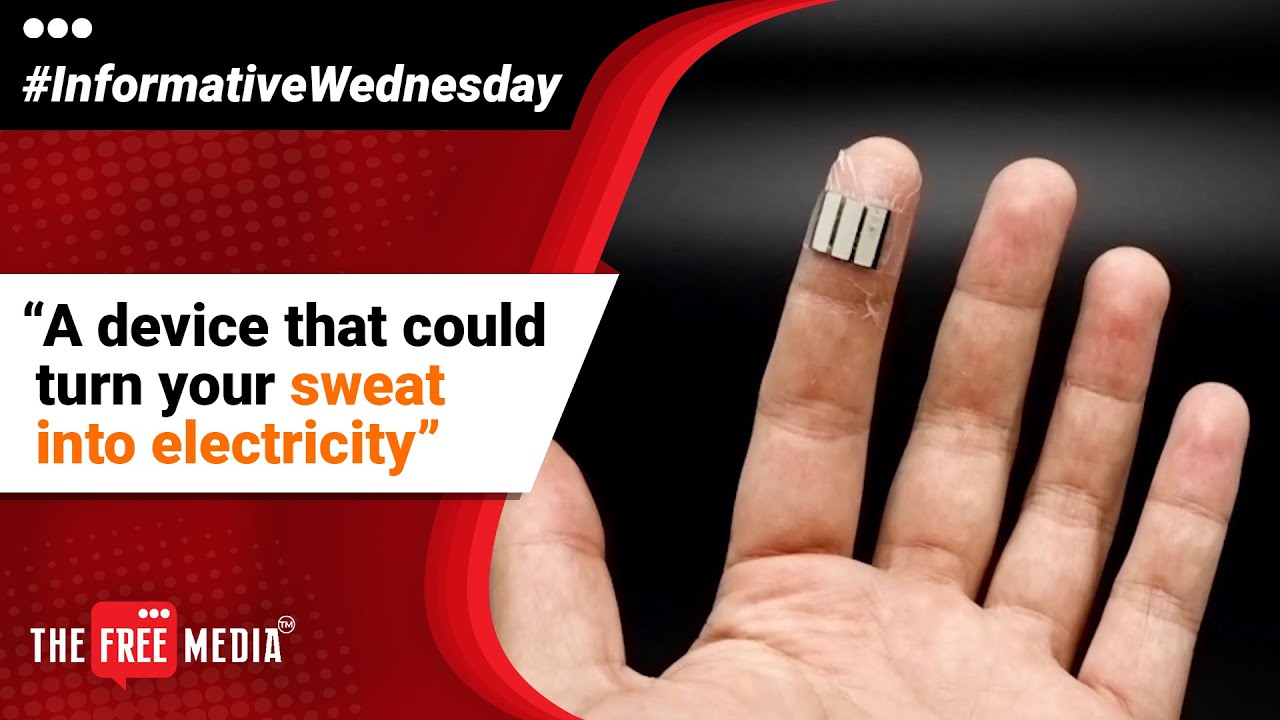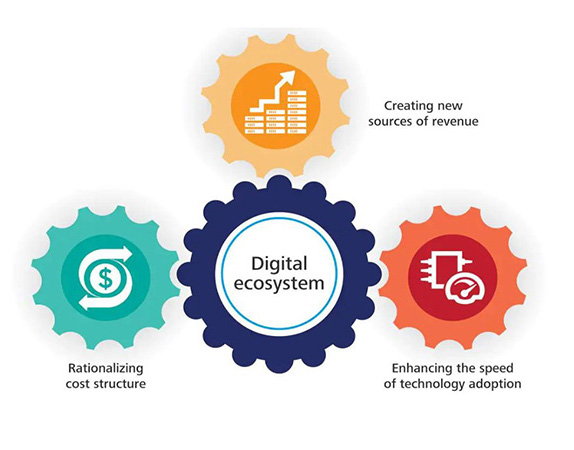
Introduction
The foundation of the present-day digital ecosystem is the vastly underappreciated yet essential technology known as APIs. They play a crucial role in business initiatives to make internal applications and services available online to clients, partners, suppliers, and third parties. With ever-evolving technology, everything is getting automated including the testing and integration of APIs.

What is API?
Application Programming Interface, or API, is a software bridge that enables communication between two applications. It is a set of computer instructions that allows data to be transmitted from one software product to another. This also includes the rules of data exchange. Through a specified interface, this enables services and products to interact with one another and use one another’s data and capability.
What is API testing?
API testing is a testing process to analyze if the API is running up to the expectations or needs to be updated. Through API testing, it is ensured that the output that comes through the API is well-structured and useful to the other application or program. API testing is performed at the business Layer, which is the most important layer of the software architecture because the processing of business logic and all interactions between the database and user interface (UI) take place in the business layer. Therefore, ensuring that the API supports all required functionality enables simple future software product extension.
What is API Testing Automation?
API testing automation automates the process of using API testing automation tools to perform API testing to make it seamless, faster, and accurate. API testing is performed either directly on the API or as a component of integration testing. API is a middleware application that makes it possible for two software programs to communicate with one another. The code also describes how an application asks the operating system (OS) or other programs for services. The presentation (or user interface) layer, the business layer, and the database layer for modeling and manipulating data are the three distinct layers in a typical app. The most important layer, business, where all transactions between the user interface and database layers take place, is where API testing is carried out.
Benefits of API automation
- API testing automation framework saves the cost of resources significantly. It is always much less than the salary you pay to a dedicated developer to code for testing developers. It is also a time-consuming process.
- As a result of the unusual settings and inputs required by PI tests, the application is shielded from malicious code and breakdown. Essentially, API testing evaluates the connective capabilities of the software. Testing APIs assists in removing vulnerabilities.
- Automation for API tests uses less code than for GUI tests, resulting in quicker test results and greater test coverage. Testing costs will ultimately go down as a result of speedier testing. Before performing GUI tests, testing the application’s API level functionality allows for an early assessment of its overall build quality.
- In an API test, HTTP queries and answers are combined with data exchanged via XML or JSON. These are all used for development and are all independent of technology. So, while using automated API testing services for your application, you can choose any core language for an API test.
API Testing Types
Validation Testing
The final stage of the development process is validation testing, which is crucial. It checks the efficiency, behavior, and product features. The API’s fundamental pieces and functions are verified at the end of the basic development phase, which is when validation testing is normally conducted. Contrary to the several tests that focus on particular aspects of the codebase or specific functions, validation testing is a much higher-level consideration.
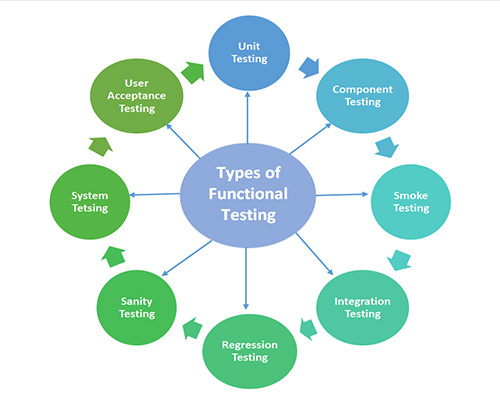
Functional Testing
Includes testing certain codebase functions. These routines reflect a particular scenario, ensuring that the API works as intended within certain bounds and that errors are properly handled when results fall outside those bounds.
UI Testing
Instead of evaluating the API itself, UI testing concentrates more on the interface that connects to it. It tests the UI of the API, and whether the interface is graphical or command-line. UI test has a subset called web UI testing, which is more focused on the end-to-end integrations between web instances than the APIs they represent. Web UI testing deserves to be mentioned and included in this group even though it is a subset that is different from the other UI testing.

Security Testing
Security testing includes validation, encryption, and other aspects related to secure API implementation. It is designed to ensure the safe implementation of APIs. Security testing tests the external threats in the process of API implementation. Validating encryption techniques and the design of the API access control system are also included in security testing. It tests user rights administration and resource access authorization verification.
Load testing
Load testing monitors the APIs’ performance at different levels and ensures that the API runs smother. This testing is performed on specific parts of codes. In order to assure top performance, load testing is subjected to a variety of scenarios. The first of these scenarios, referred to as the “baseline,” assesses the API’s performance against the fictitious regular traffic that the API anticipates in typical, everyday usage. This combines small requests and large requests in an effort to gauge any practical effects of the two different request sizes.
Runtime and error detection
This testing is performed at the runtime of the API which focuses on monitoring and execution errors, resource leaks, or error detection. Runtime/error detection is a near-final assessment of the known mistakes and issues generated by prior tests and is aimed to comprehensively ensure that resolutions were implemented.
Penetration Testing
In this kind of test, the API is attacked by someone who has only rudimentary familiarity with the API in order to evaluate the threat from an unbiased standpoint. These tests may be focused on a small number of operations, assets, or processes, or they may aim at the entire API and all of its component elements.
Fuzz Testing
Fuzz testing is usually performed later in the security audit process and is undoubtedly less thorough than Penetrating testing or other tests. Fuzz testing involves forcing vast amounts of entirely random data, sometimes known as “noise” or “fuzz,” into the system in an effort to create a crash, overflow, or other undesirable behavior. This acts as a kind of “worst case scenario” and is done to test the API to its extreme boundaries.
Conclusion
APIs connect two or more computer programs to create communication. By using API testing Automation tools developers can efficiently deploy APIs without the need of building testing codes separately for APIs. It will save significant resources while making APIs run more accurately and seamlessly.
FAQs
-
What is API automation testing?
Application programming interface (API) automation testing is a type of automated testing that focuses on the performance and functionality of APIs. This process can test APIs for correctness, compatibility, and efficiency. API automation testing can ensure that APIs function properly and meet consumers' expectations.
-
Which tool is used for API testing?
The tool that is most commonly used for API testing is Testim.
-
What is security testing in QA?
Security testing is a process intended to identify flaws in the security mechanisms of an information system that protects data and maintains functionality as intended. Just like the software or service requirements must be met in QA, security testing warrants that specific security requirements be met.
-
What is meant by fuzz testing?
Fuzz testing or fuzzing is an automated software testing method that injects invalid, malformed, or unexpected inputs into a system to reveal software defects and vulnerabilities
-
What is penetration testing?
A penetration test (pen test) is an authorized simulated attack performed on a computer system to evaluate its security.




